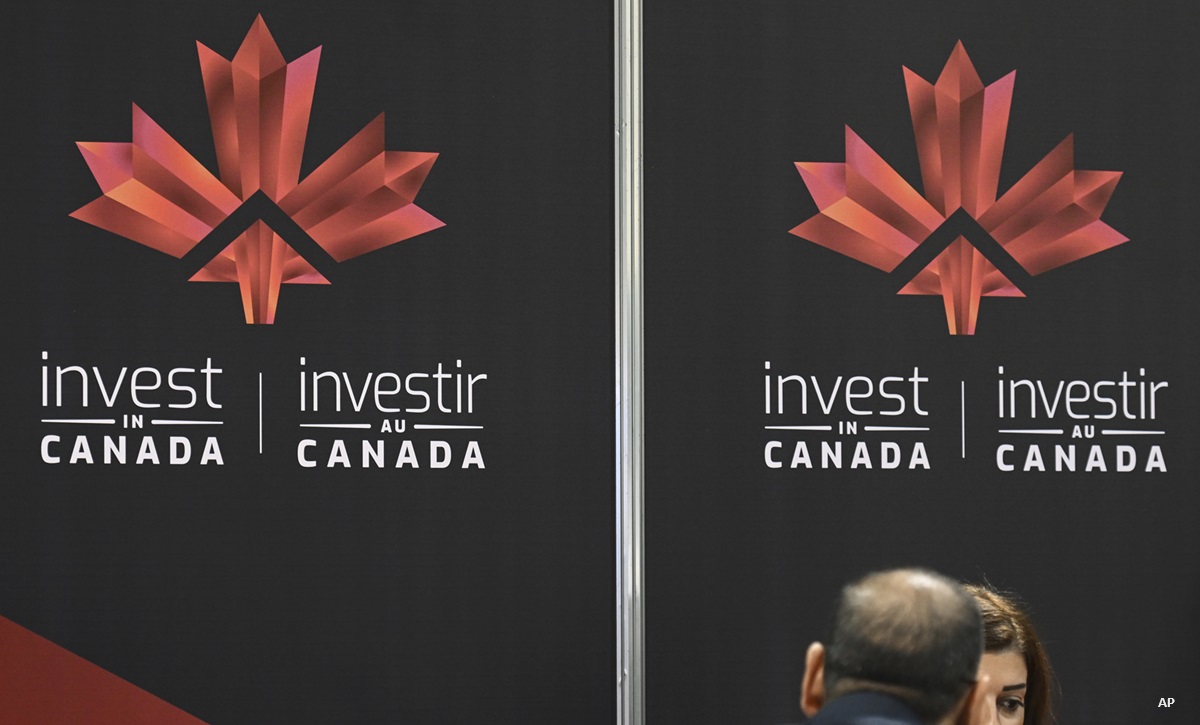This past weekend saw some much-needed good news for the oil sector after a slump in prices, with Russia and Saudi Arabia signalling production curbs, Alberta announcing production cuts, and Qatar announcing plans to exit oil cartel OPEC next year.
As a result, the price of crude oil rallied, gaining nearly 4% on Monday.
“The rout in crude prices since October has predominately been supply-driven so these developments come as a welcome reprieve for crude markets, which are, not surprisingly, seeing strong rallies in across the world in response”, said Candice Bangsund, vice president and portfolio manager at Fiera Capital, pointing out that the mood in the marketplace has improved drastically over the weekend.
Demand pressures ease, supply cuts announced
Global sentiment was positive after the U.S. and China agreed to a 90-day truce in their trade war at the G20 summit.
“The U.S.-China trade war lead to fears of a global slow-down, which was expected to result in weakened oil demand, especially from Asian economies”, said Greg Taylor, portfolio manager at Purpose Investments.
“Though demand has been OK so far, in 2019, the U.S.-China trade tension was expected to weigh on future demand. This 90-day moratorium has bought some temporary relief on the demand side”, said Mike Dragosits, associate portfolio manager at Harvest Portfolios Group.
However, more than the demand, it was the supply side news that cheered markets. The biggest upside trigger was Saudi Arabia and Russia discussing bigger production cuts into 2019, though no formal declaration was made on the volume. That announcement is expected later this week, when OPEC will meet in Vienna on Thursday.
“Saudi Arabia and Russia have already pledged their commitment to oil cooperation and a willingness to curb production in 2019, and we expect OPEC+ to bring the market back into a better balance when they meet on Thursday” Bangsund said, saying she expects a production cut of one million barrels per day at a minimum.
Alberta’s production cut a one-time event
Canadian oil, meanwhile, had another major trigger. On Sunday, Alberta announced an unprecedented production cut starting January 2019, which will lower output by 325,000 barrels per day. Overall, output will reduce by 8.7%.
“The biggest move has taken place here in Canada, with Western Canada Select prices more than doubling in the last week. The curtailment plans are expected to narrow the discount on Western Canada Select and the US benchmark West Texas Intermediate crude,” Bangsund said.
This announcement was the latest in a series of steps the Alberta government has taken to try to stabilize rock bottom prices in Western Canadian oil, caused due to pipeline bottlenecks and rising inventories. Last month, the Alberta government announced $2.1 billion in funding for energy upgrading, and a goal to move 120,000 barrels per day via rail.
“This announcement is a huge deal, and highlights how much of a crisis the fall in oil prices has been for Alberta, but this just a temporary solution that buys some time until the pipeline bottleneck is solved,” Taylor said, adding that he does not expect more production cuts after this one.
“This is a short-term positive move, but how it plays out going forward will be key”, Dragosits said, noting out that unless capacity and pipeline issues get resolved, Canadian oil could continue to be under pressure. He also noted that despite this move, Canadian oil could still be impacted by global crude volatility, and global risks will continue to be a concern.
The production cuts are expected to put “a serious dent in the GDP forecast to start 2019”, BMO’s economists Benjamin Reitzes and Robert Kavcic said: “Our Q1 growth estimate is chopped to 0.7% annual rate, from 2% previously. As such, our forecast for 2019 GDP growth is now 1.8%, down 0.2 ppts, while 2020 is now 1.7%, up 0.1 ppts.”
“The main takeaway we see is that the waters are still very muddy, whether in Canada or globally, and over the short to medium-term, we expect to see volatility and risk”, Dragosits warned.
Qatar’s OPEC exit makes outlook uncertain
The global risks mainly come from Qatar announcing it will leave OPEC next month to focus on natural gas production, which creates uncertainty going into the meeting in Vienna later this week, Dragosits said.
Bangsund notes that while Qatar’s decision to leave has had negligible impact on crude prices due to the small percentage of OPEC production, the risk remains that walking away from OPEC controls could see Qatar increase output and undermine OPEC+ efforts to support the market. Qatar pumped 610,000 barrels a day in October, less than 2% of the group total of 33.3 million barrels per day.
However, more that production numbers, it’s the political risk that worries some portfolio managers.
“OPEC isn’t what it used to be, and the politics behind the organization is starting to show”, Taylor said.
Dragosits argues that more that though Qatar is not a major producer of oil, the country has set a precedent by leaving OPEC. Though it is hard to say if other countries will follow suit, the possibility raises a certain amount of risk that investors should price into expectations.
Where should you invest?
So what should investors do?
Bangsund maintains an overweight position in Canadian energy stocks. She points out that these developments are decidedly positive for underlying energy prices and shares in energy producers, as these favourable supply developments should also remove a key overhang from the energy sector in general. She is also overweight on the broader S&P/TSX: “Headline risks pertaining to trade and severe discounts on heavy oil have clouded an otherwise healthy fundamental backdrop in Canada and created a significant valuation discount, setting the stage for a re-rating of Canadian stocks as these lingering headwinds fade.”
For long-term investors, Canadian energy stocks look good, as these companies have been beaten down quite a bit over the past few weeks, Taylor said. The recent bounce in the stocks may last until the end of the year, with global trade tensions, especially between the U.S and China, being a major risk, he cautions. His two top picks are Canadian Natural Resources (CNQ) and Cenovus Energy Inc (CVE), both of which are safe long-term bets, he said.
Investors should also look beyond Canada to global oil majors, said Paul MacDonald, chief investment officer of Harvest Portfolios group.
“We like owning companies that are survivors, that have gone through several market cycles globally”, MacDonald said. Investors should focus on quality of balance sheet, cash flows, production, growth and dividends, while picking stocks to own, he suggests. Global stocks he likes include London-based BP (BP.), France-headquartered Total Group, and British-Dutch group Royal Dutch Shell (RDSB). MacDonald also likes American Devon Energy (DVN) and Exxon Mobil Corp (XOM).





.jpg)















